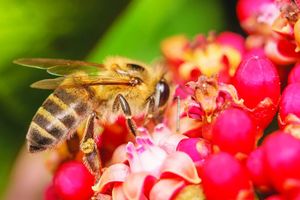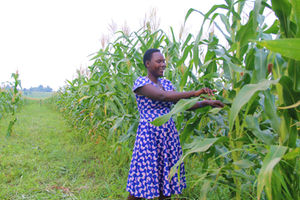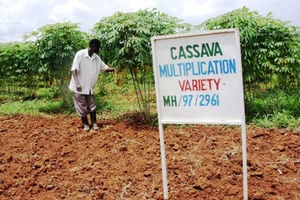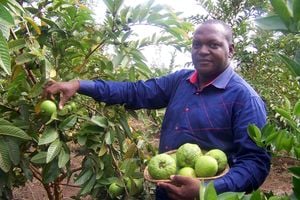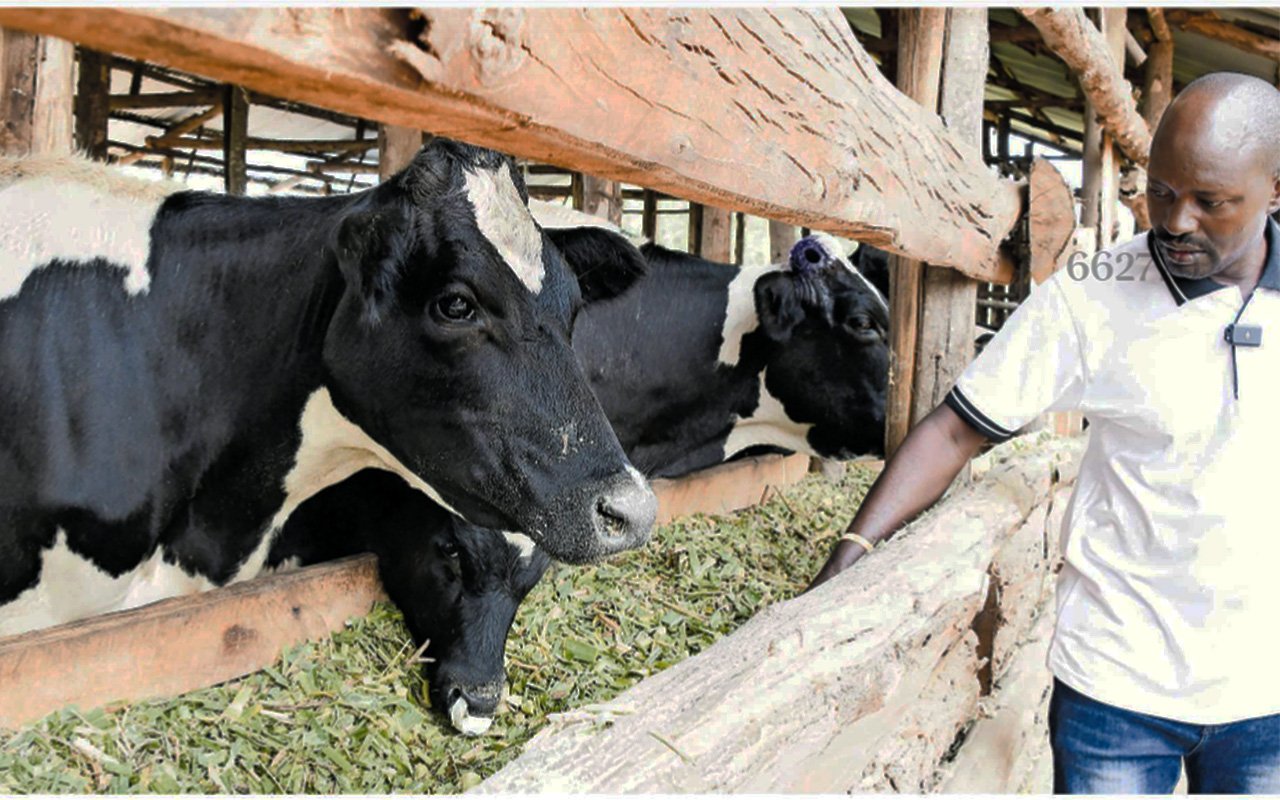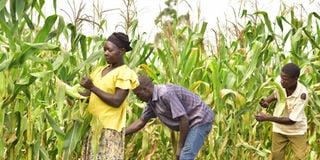
Stem-borer pest contributes up to 40 percent loss of cereal harvest to farmers, especially maize.
Both the large grain borer and the spotted stem borer are highly destructive, more-so in Sub-Saharan Africa where they do not have many natural enemies to regulate their population.
According to International Centre of Insect Physiology and Ecology, stem borer feeding on cobs renders the maize susceptible to storage moulds, which produce poisonous cancer-causing chemical substances like aflatoxins.
Growing using crops with push and pull method is a costless practice that can save famers millions of shillings lost to the pest yearly.
Napier grass for instance, can protect maize crop against this pest. Napier grass is a repellent crop.
Stem-borers would lay eggs on Napier grass, but they will not develop to larvae. Planting one line of Napier grass also repels moths, a development stage of stem-borer, from the field.
Napier and other desmodium plants also inhibit growth of striga weed, which attacks maize and other crops like rice. A farmer should clear and harrow land to a fine tilt before the onset of rains.
Demarcate the land into plots and plant three rows of Napier grass along the border at a spacing of about 75cm by 75cm.
Desmodium should be alternated with maize in rows.
At a spacing of 75cm by 30cm, maize should have a one meter margin away from the inner row of the Napier grass.
Early weeding enables push-pull plot protection-probably when maize is three and five weeks old.
Maize being a heavy nitrogen feeder, the leguminous desmodium would fix the element into the soil.
The highly nutritious crop will also be utilized as fodder for animals just like Napier grass.

